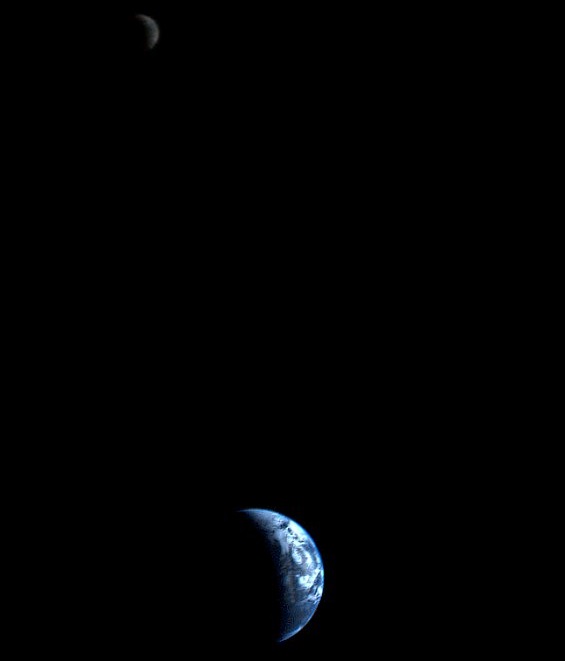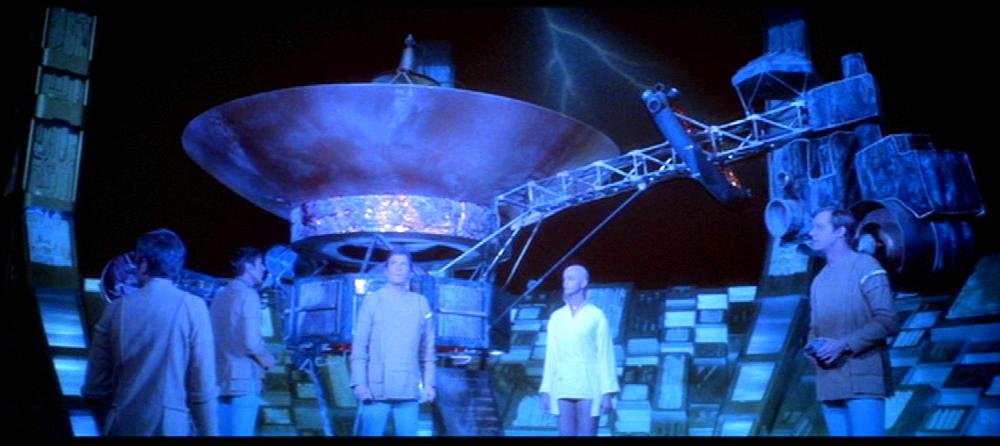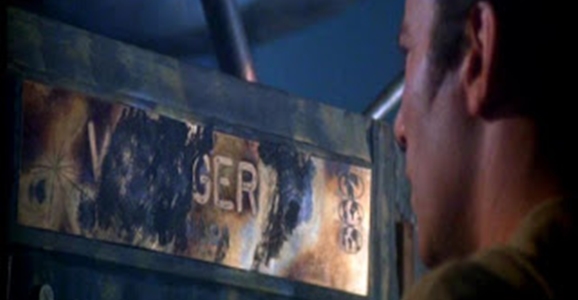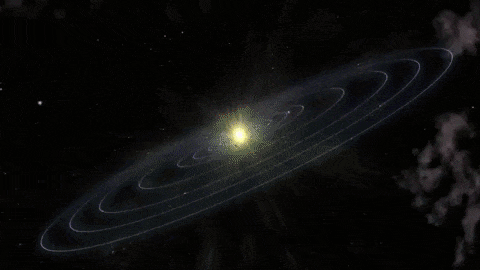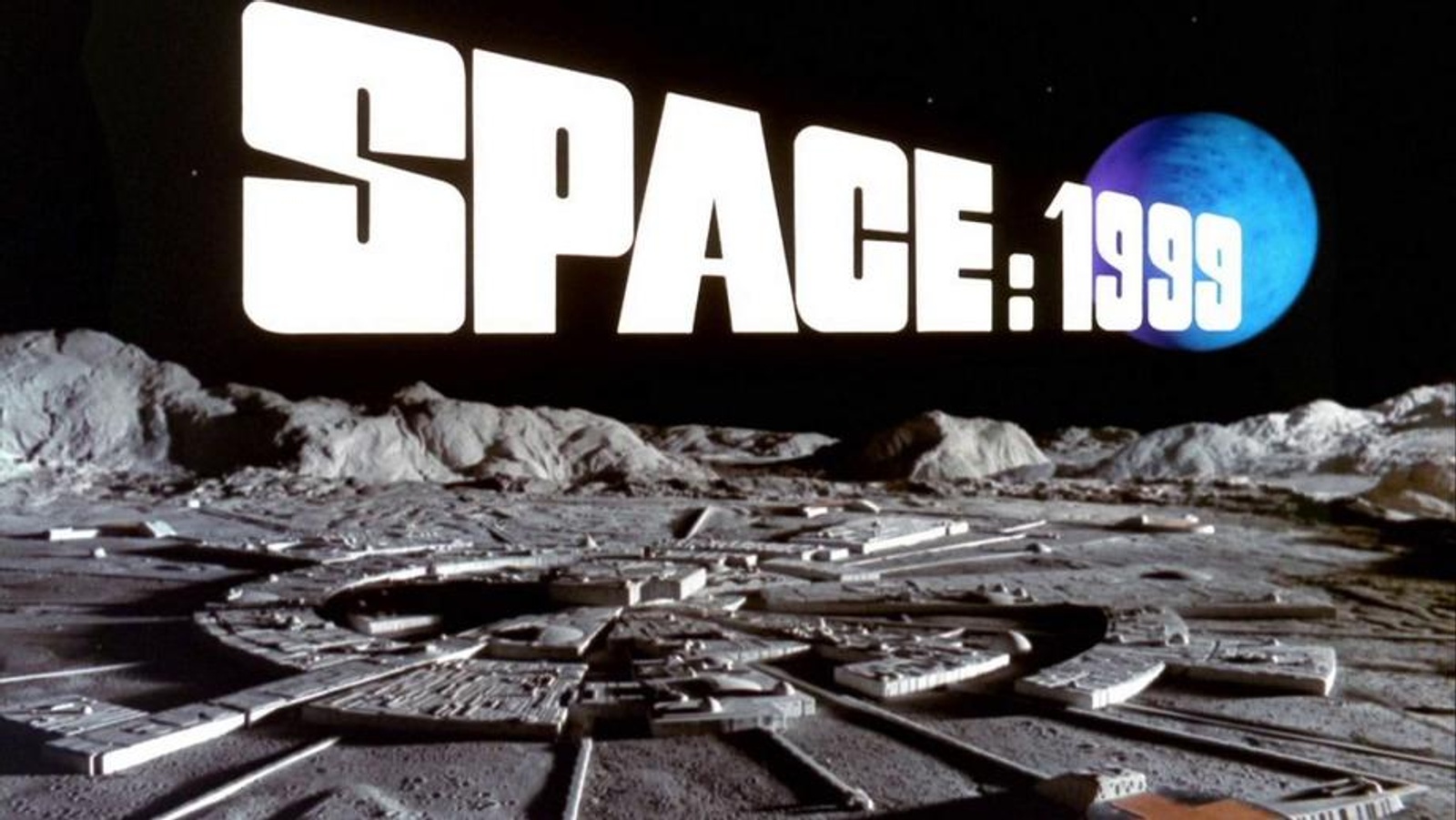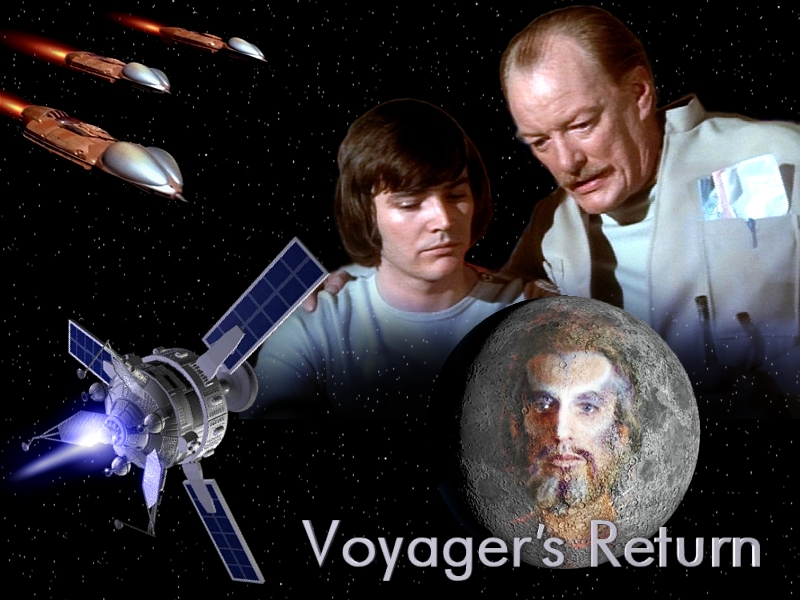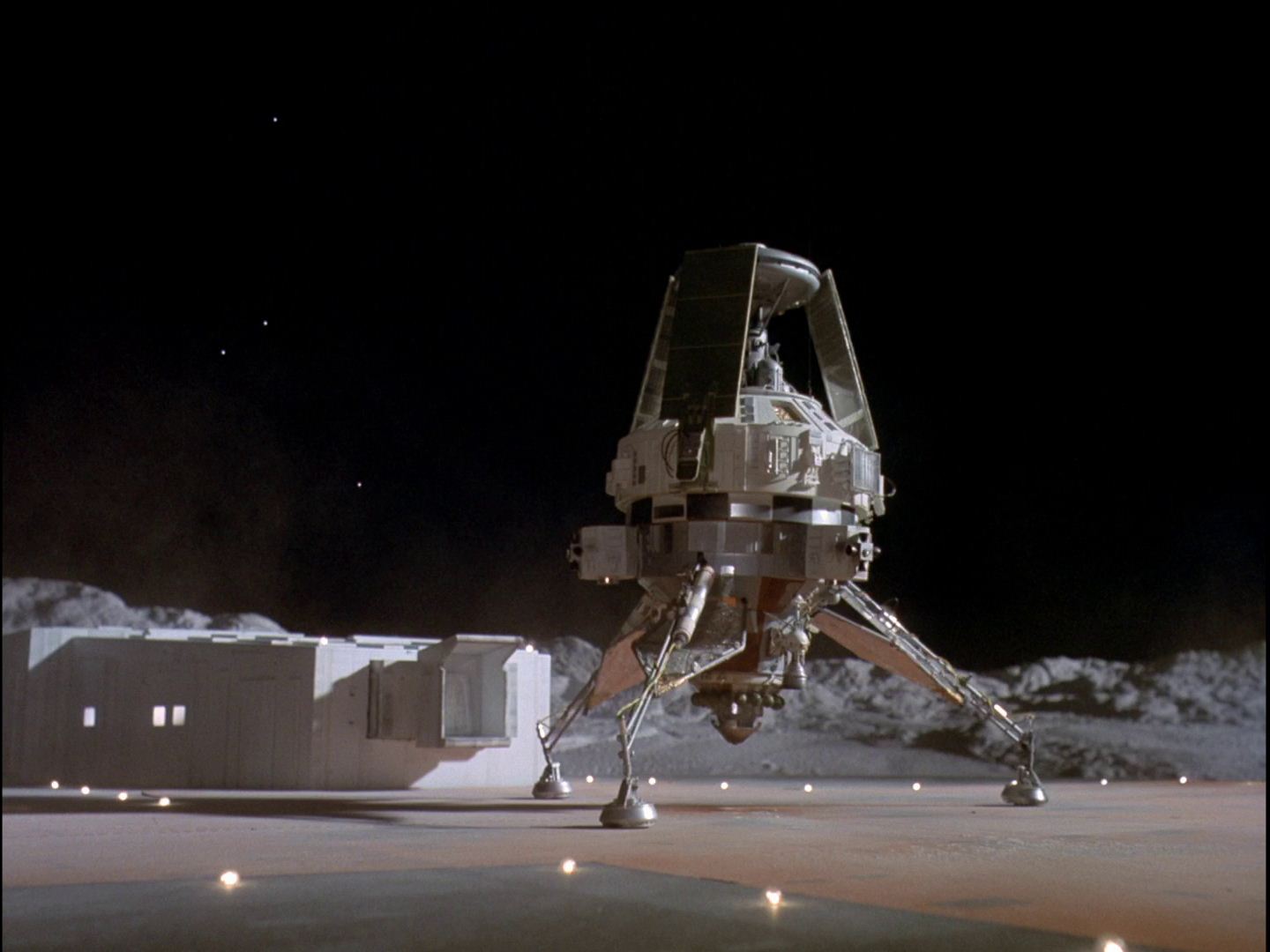Honorable mentions
Pioneer Project History
The Pioneer Spacecraft Missions are a series of eight spacecraft missions managed by the Pioneer Project Office at NASA, Ames Research Center. The following is a brief description of the other Pioneer Missions.
 Left: Interplanetary Probes Pioneer 6-9 (Artistic Image) Left: Interplanetary Probes Pioneer 6-9 (Artistic Image)
Pioneers 6-9 were launched into Solar orbit between 1965 and 1968. Their prime mission completed years ago, the spacecraft were then tracked only occasionally.
Pioneer 6 was launched on 16 December 1965. Some time after 15 December 1995 (almost 30 years after it was launched) the primary transmitter (TWT) failed. During a track on 11 July 1996 the spacecraft was commanded to switch to the backup TWT, and the downlink signal was re-acquired. The spacecraft and a few of the science instruments were again functioning.
Pioneer 6 is the oldest NASA spacecraft extant. There was a successful contact of Pioneer 6 for about two hours on 8 December 2000 to commemorate its 35th anniversary.
Pioneer 7 was launched on 17 August 1966. It was last tracked successfully on 31 March 1995. The spacecraft and one of the science instruments were still functioning.
Pioneer 8 was launched on 13 December 1967. Its primary TWT failed several years ago, but on 22 August 1996 the spacecraft was commanded to switch to the backup TWT, and the downlink signal was re-acquired. The spacecraft and one of the science instruments were again functioning.
Pioneer 9 was launched on 8 November 1968. The spacecraft failed in 1983.
Pioneer 10 was launched on 2 March 1972 and Pioneer 11 on 5 April 1973.
The Pioneer Venus Orbiter spacecraft was launched on 20 May 1978. It orbited the planet Venus for 14 years until it entered the Venus atmosphere on 8 October 1992 and burned up by entry heating.
The Pioneer Venus Multiprobe spacecraft was launched on 8 August 1978. Three small probes, one large probe, and the spacecraft bus entered the Venus atmosphere on 9 December 1978.
Pioneer 6-9 Spacecraft
The spacecraft measures 37 inches in diameter by 35 inches high (main body). The horizontal booms are 82 inches long. The antenna mast (pointing down in the picture) is 52 inches long. The weight is approximately 150 pounds. The spacecraft is spin-stabilized at approximately 60 rpm, with the spin axis perpendicular to the ecliptic plane.
Pioneer 6 was launched on a Thor-Delta launch vehicle on 16 December 1965 into a circular solar orbit with a mean distance of 0.8 AU (Astronomical Unit) from the Sun. (The mean distance from the Earth to the Sun is 1.0 AU).
Pioneer 7 was launched on 17 August 1966 into solar orbit with a mean distance of 1.1 AU from the Sun.
Pioneer 8 was launched on 13 December 1967 into solar orbit with a mean distance of 1.1 AU from the Sun.
Pioneer 9 was launched on 8 November 1968 into solar orbit with a mean distance of 0.8 AU from the Sun.
Pioneers 6-9 demonstrated the practicality of spinning a spacecraft to stabilize it and to simplify control of its orientation. Measurements made by these spacecraft greatly increased our knowledge of the interplanetary environment and the effects of solar activity on Earth. New information was gathered about the solar wind, solar cosmic rays, the structure of the Sun's plasma and magnetic fields, the physics of particles in space, and the nature of storms on the Sun which produce solar flares.
Originally designed to operate in space for at least 6 months, the Pioneers proved to be remarkably reliable. Pioneer 9 failed in 1983. Pioneer 8 was last tracked successfully on 22 August 1996, after being commanded to the backup transmitter tube (TWT). Pioneer 7 was last tracked successfully in March 1995. Pioneer 6, the oldest operating spacecraft ever, had a track on the 70 meter Deep Space Station 43 in Australia on 6 October 1997. The spacecraft had been commanded to the backup TWT in July, 1996. The prime TWT apparently had failed some time after December, 1995. Both the MIT and ARC Plasma Analyzers as well as the cosmic ray detector from University of Chicago were turned on and still worked after almost 32 years! Limited availability of NASA's Deep Space Tracking Network antennas and the greater scientific value of newer space missions led to a discontinuance of the tracking of these spacecraft. However, to mark its 35 years in orbit as the oldest extant NASA spacecraft, one last contact was successfully completed on the 70 meter Deep Space Station 14 at Goldstone near Barstow, California on 8 December 2000.
|  Report post to moderator
Report post to moderator Report post to moderator
Report post to moderator Report post to moderator
Report post to moderator Report post to moderator
Report post to moderator Report post to moderator
Report post to moderator Report post to moderator
Report post to moderator Report post to moderator
Report post to moderator Report post to moderator
Report post to moderator Report post to moderator
Report post to moderator New topic
New topic Printable
Printable